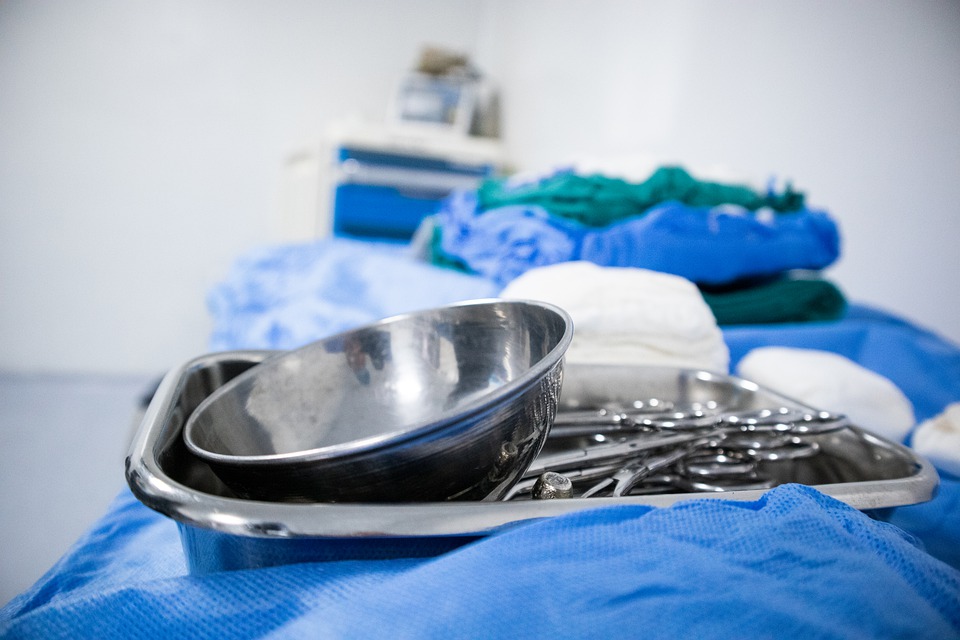End of operating room block, there is a shortage of blood
TORONTO – Restart the hospital system this fall to be able to cope with the backlog of surgeries and procedures that have accumulated during the lockdown caused by Covid-19 in Ontario. It is for this purpose that the provincial government has decided to allocate 324 million dollars by adding, between October and spring 2022, another 67 thousand interventions and diagnostic-therapeutic procedures.
The plan includes $35 million for additional MRI and CT scans, $18 million for a centralized surgical waiting list management system, $24 million to increase the volume of surgical and diagnostic services in independent healthcare facilities.
The Covid-19 pandemic has put a brake on medical examinations, operations, various examinations, therapies: the entire health system seems to have been in hibernation for over a year and a half with the consequence that the care of sick people – not of Covid but still of serious pathologies – has been postponed to better times. A tragedy in tragedy because often timeliness, in these cases, turns out to be the trump card.
And now to help overcome the backlog, surgeries will also be performed at night and on weekends. To support the increase in work in surgical rooms, this year the province is offering up to 200 nurses an incentive of $10,000 in exchange for a commitment of at least one year and “assistant surgeon” training programs to as many as 500 nurses to improve their preparation.
Provincial health officials said that some waiting times have actually decreased during the pandemic, but acknowledged that many people who would normally have come forward to receive certain care during the lockdown have not done so. What the province did not want to provide is an estimate of how many people are part of the army of those who are on the waiting list.
Ontario Health CEO Matt Anderson said that there are about 200 thousand people currently on the waiting lists tracked at the provincial level, but that number is similar to what one would normally expect, this is because there are many people who are not yet entered into the system through diagnosis: indicate how much the backlog amounts to , he explained, is “very difficult to do.”
Health officials said that while many people during the lockdown did not require treatment, many of those who are part of the backlog belong to the category of high-volume and non-urgent scheduled surgeries: it will be precisely this group that will be the center of attention in the coming months.
In May, Ontario’s Financial Accountability Office predicted that the canceled surgical backlog would reach 419,200 procedures by the end of September and estimated that eliminating the backlog would cost the province $1.3 billion over three and a half years. But Elliott said it’s hard to say how long it will actually take.
The former medical director of health, David Williams, last April issued a directive to hospitals to temporarily suspend non-emergency procedures in order to ensure that the hospital system had sufficient capacity to cope with Covid-19 patients as admissions increased during the third wave. Similar directives were also issued during the first and second waves. Officials said Wednesday that virtually all of the backlog of wave 1 has been cleared, while about 80-90 percent of the backlog of wave 2 has been cleared. However, these estimates do not take into account people who have not been diagnosed or who have not requested treatment due to the pandemic.
And in view of the upcoming resumption of surgeries at full capacity, the demand for blood is also rising again, which dropped dramatically 16 months ago when all but the most critical surgeries were canceled. In addition, Canadian Blood Services has not been able to accommodate as many donors due to physical distance requirements in clinics. Now, however, hospital demand is rising sharply.




